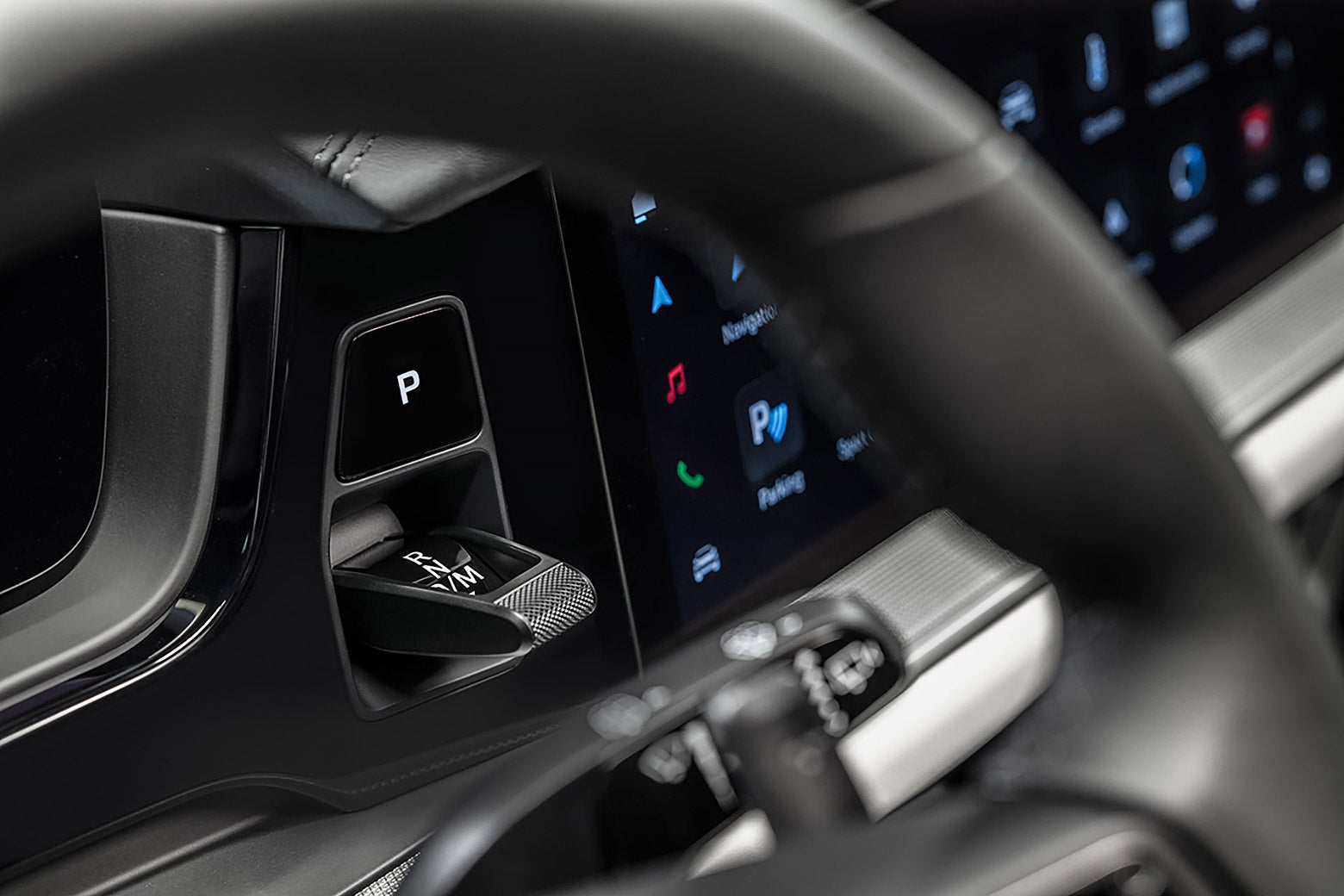The Impact of Touch Screens on Road Safety and Carmakers' Response
Core Concepts
Carmakers are responding to consumer backlash against touch screens in vehicles due to safety concerns, shifting back to physical buttons and knobs for a safer driving experience.
Abstract
The surge in roadway deaths during the pandemic has prompted a reevaluation of touch screen infested dashboard designs in vehicles. Consumer demand for tactile controls over complex displays has led automakers to prioritize safety by reverting to traditional buttons and knobs. Despite initial resistance, carmakers are acknowledging the dangers posed by touch screens and making changes to enhance road safety.
Customize Summary
Rewrite with AI
Generate Citations
Translate Source
To Another Language
Generate MindMap
from source content
Visit Source
slate.com
The Glorious Return of an Old-School Car Feature
Stats
Pedestrian and cyclist fatalities hit their highest levels in 40 years.
Infotainment touch screens can distract a driver for up to 40 seconds.
NHTSA recommended that a driver be able to complete any infotainment task with glances of under two seconds, totaling a maximum of 12 seconds.
Drexel researchers found that infotainment systems posed a statistically significant crash risk even before many modern features were added.
Quotes
"I can think of no better way of describing the frustration of the modern consumer than buying a car with a feature that makes you less safe." - Jay Caspian Kang
"I think people are going to get tired of these big black screens." - Alfonso Albaisa, Nissan’s senior VP for global design
Key Insights Distilled From
by David Zipper at slate.com 04-26-2023
https://slate.com/business/2023/04/cars-buttons-touch-screens-vw-porsche-nissan-hyundai.html
Deeper Inquiries
How can automakers balance technological advancements with road safety concerns?
Automakers can balance technological advancements with road safety concerns by prioritizing the development of intuitive and user-friendly interfaces that minimize distractions for drivers. This includes incorporating voice commands, heads-up displays, and tactile controls that allow drivers to interact with infotainment systems without taking their eyes off the road. Additionally, implementing features like driver assistance systems and collision avoidance technology can help mitigate risks associated with distracted driving while still offering innovative tech solutions.
What are the potential drawbacks of reverting back to physical controls in vehicles?
Reverting back to physical controls in vehicles may lead to limitations in terms of customization and flexibility compared to touch screen interfaces. Physical buttons and knobs may also take up more space on the dashboard, potentially affecting overall design aesthetics. Moreover, as technology continues to evolve rapidly, relying solely on physical controls could hinder automakers from integrating future advancements seamlessly into vehicle interiors. Additionally, there is a risk of increased production costs associated with manufacturing multiple variations of control layouts based on consumer preferences.
How can consumer preferences influence future automotive design trends?
Consumer preferences play a significant role in shaping future automotive design trends by influencing automakers' decisions regarding features, materials, and overall aesthetics of vehicles. As seen in the case of touch screens versus physical controls, feedback from consumers has prompted carmakers to reconsider their design choices and prioritize user experience over flashy but impractical features. By listening to customer feedback through surveys, reviews, and market research studies, automakers can better understand what drives purchasing decisions and tailor their designs accordingly. Ultimately, consumer demand drives innovation in automotive design as manufacturers strive to meet evolving expectations for convenience, safety, and style.
0
